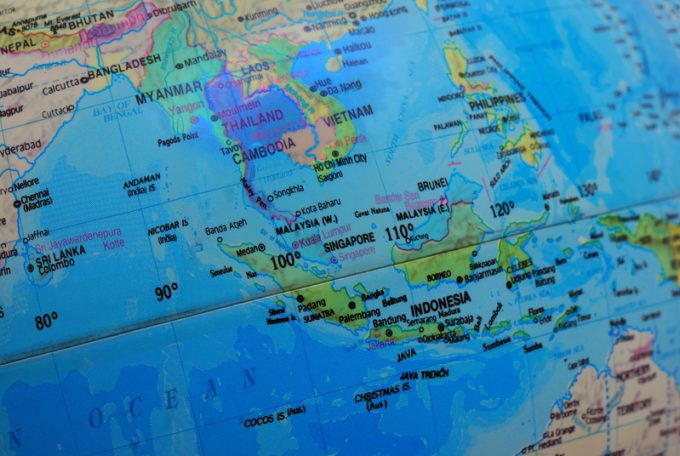China and the US enter the new year lists with 'tit-for-tat' trade jousts
Setting the stage for the return of Donald Trump to the White House, China and ...

The latest trade war truce at the weekend is unlikely to reverse shipping lines’ increased coverage of South-east Asia or the trend towards trade regionalisation.
According to Alan Murphy, chief executive of Sea-Intelligence, the number of transpacific services calling at ports in South-east Asia and sailing directly to North America has increased by 28% since January.
“Traditionally, carriers have been very slow adapting to market changes,” he told the TPM Asia conference in Shenzhen last week. “So we were pleasantly surprised to see ...
Trump tariffs see hundreds of cancelled container bookings a day from Asia
Macron calls for ‘suspension’ – CMA CGM's $20bn US investment in doubt
De minimis exemption on shipments from China to the US will end in May
Forwarders stay cool as US 'liberation day' tariffs threaten 'global trade war'
Mixed response in US to 'Liberation Day', while China leads wave of retaliation
Tariffs and de minimis set air freight rates on a volatile course
Overcapacity looms for ocean trades – with more blanked sailings inevitable
'To ship or not to ship', the question for US importers amid tariff uncertainty

Comment on this article